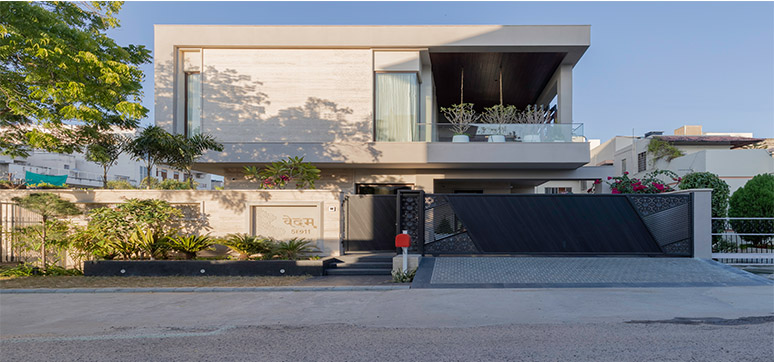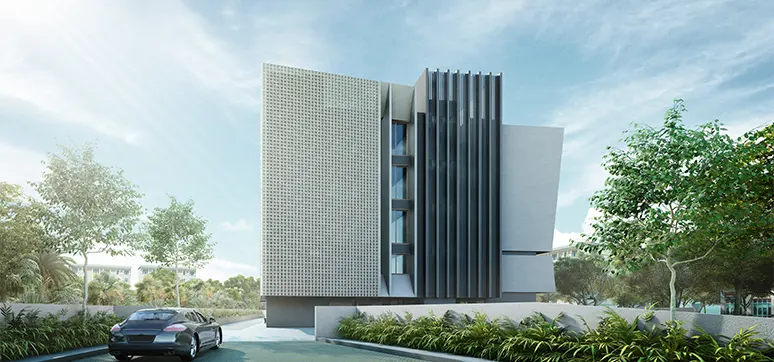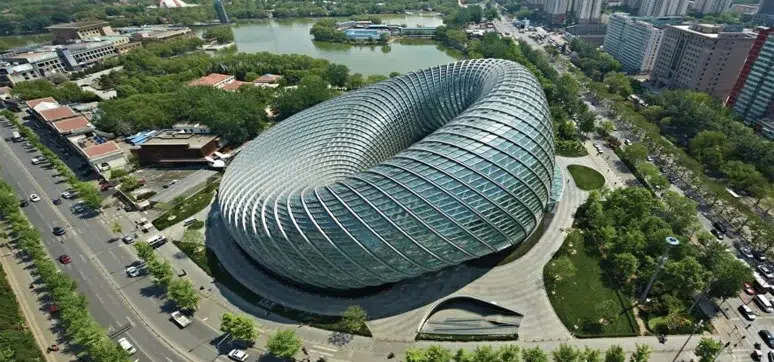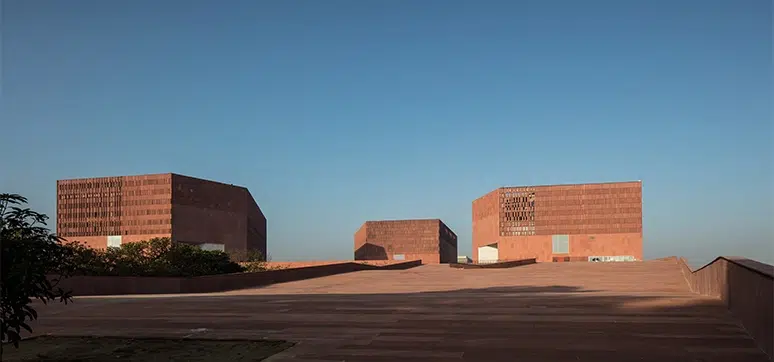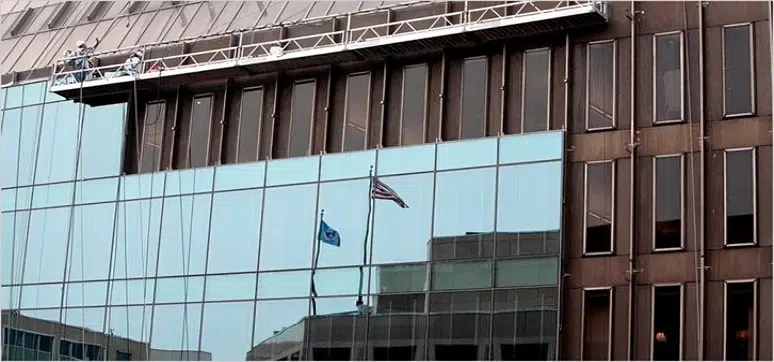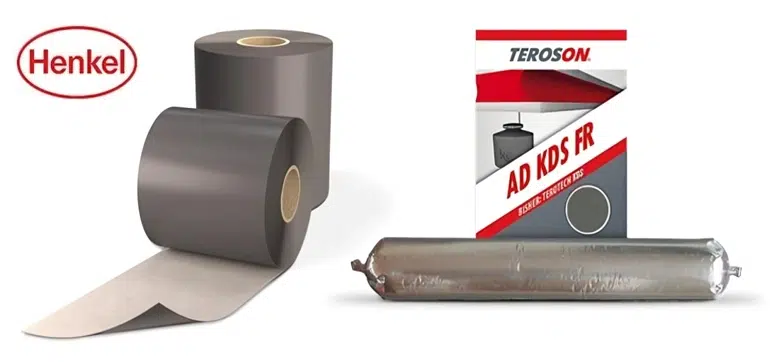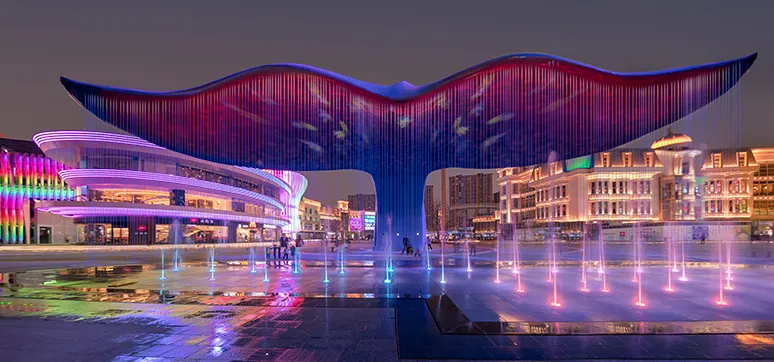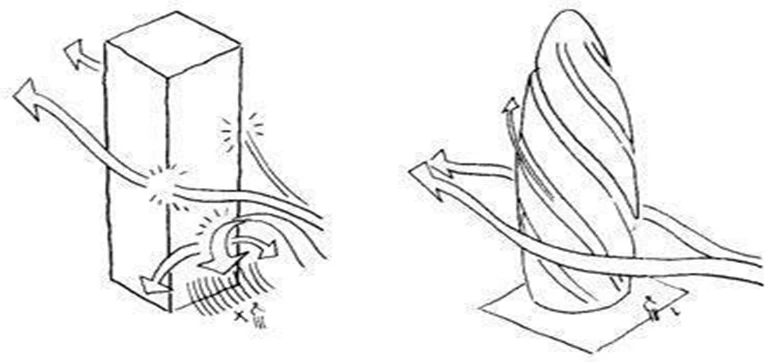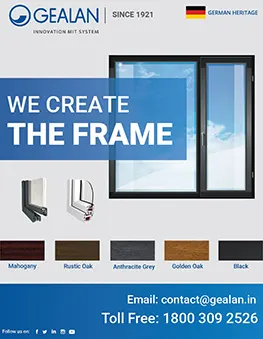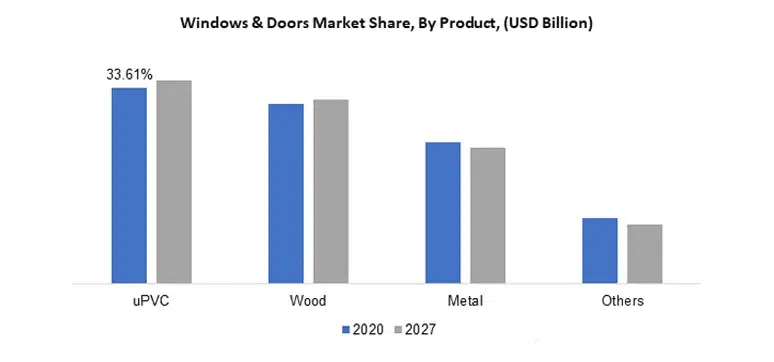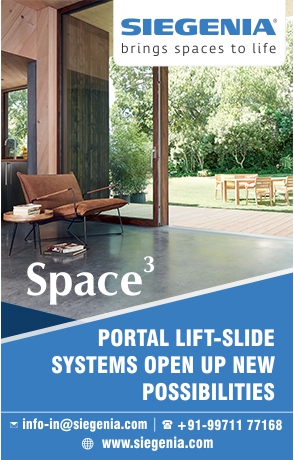“By 2050, Buildings will Become Living Structures that Actively Contribute to Sustainability Goals”
By: Ar. Amit Goswamy, Design Square
The future of façades and fenestrations holds the promise of a remarkable transformation in the world of architecture & building design. As our cities evolve and environmental concerns become increasingly critical, the integration of cutting-edge technologies, sustainable materials, and innovative design concepts is poised to redefine the way we envision and construct our living spaces.
TRANSFORMATION OF DESIGNS – FUTURE FAÇADES – 2050
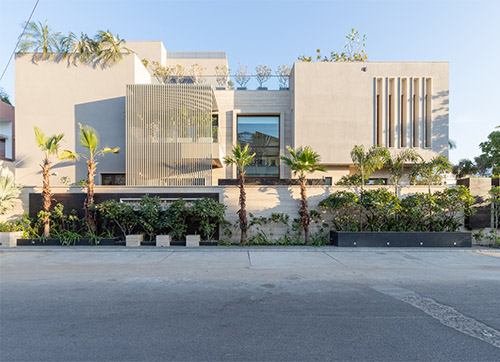
The year 2050 is expected to witness remarkable transformations in façade and fenestration designs, driven by evolving architectural trends and technological advancements. One of the prominent changes will be the integration of smart materials and technologies. Future façades will no longer be static; they will respond dynamically to environmental conditions, optimising energy efficiency.
Moreover, sustainability will play a pivotal role with façades featuring advanced materials. Living walls and vertical gardens will become prevalent, not only improving air quality but also adding aesthetic value. Additionally, the design will favour multifunctional façades serving as power generators ensuring optimum use of natural resources.
Ultimately, fenestrations will self-adjust to control light and heat, enhancing occupant comfort while reducing energy consumption.
FUTURE FAÇADE & FENESTRATION MATERIALS – 2050
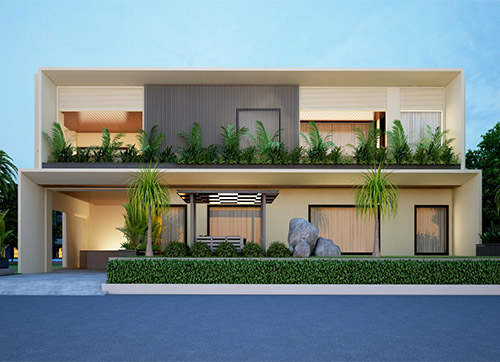
Over the years, façades and fenestration materials are poised for a significant evolution driven by sustainability, technology and aesthetic trends. Sustainable materials like recycled glass and energy-efficient coatings will take over the global market. Solar-integrated façades and self-healing materials may be commonplace, harnessing renewable energy and reducing maintenance costs. Moreover, advanced fenestration systems will be prevalent, incorporating smart glass technologies that dynamically adjust tint and insulation properties based on weather conditions. In response to climate change, materials with excellent insulation properties will be vital for energy-efficient buildings. Organic materials will dominate the market to promote biophilic design principles, blurring the lines between indoor and outdoor spaces. In essence, the 2050 global market will see a fusion of aesthetics and functionality where modular and customizable solutions will enable designers to create unique and visually stunning façades and fenestrations.
FAÇADE AND FENESTRATION TECHNOLOGIES – 2050:
By 2050, buildings will become living structures that actively contribute to sustainability goals. Façades would feature integrated technology that will harvest energy from the environment making buildings more sustainable and reducing carbon footprint.
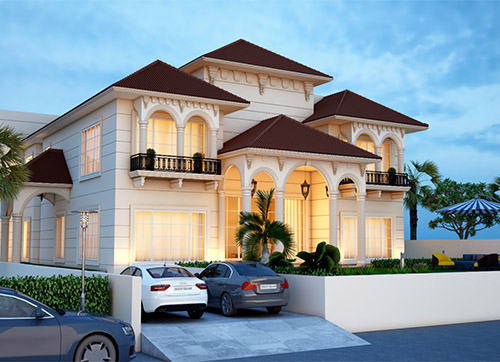
Moreover, smart glass technology would evolve to offer dynamic control of transparency and insulation properties, optimizing natural light and temperature within buildings. Furthermore, façades would incorporate living walls and greenery promoting well-being and enhancing aesthetics. They will also integrate responsive materials and advanced insulation technologies which would enhance thermal comfort. Additionally, fenestrations would incorporate augmented reality displays offering occupants real-time data on energy consumption, indoor air quality, and more. In essence, façades and fenestration technologies will not only prioritize energy efficiency but also integrate with the overall smart infrastructure of buildings, creating environments that are comfortable and responsive.
Top Stories
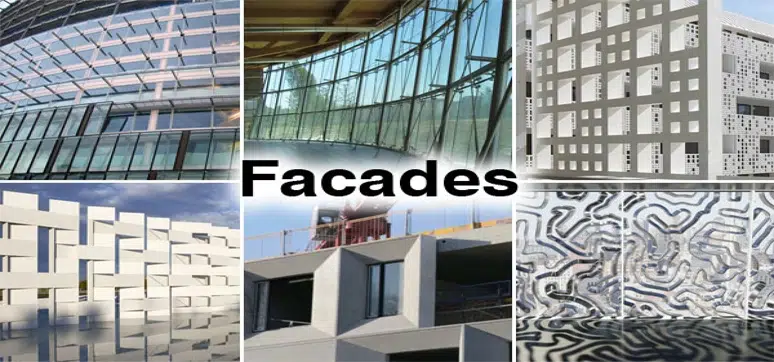
Façade Systems Market Size is Estimated to Reach USD 398.8 Billion by 2029
By: Abdul | April 16, 2024
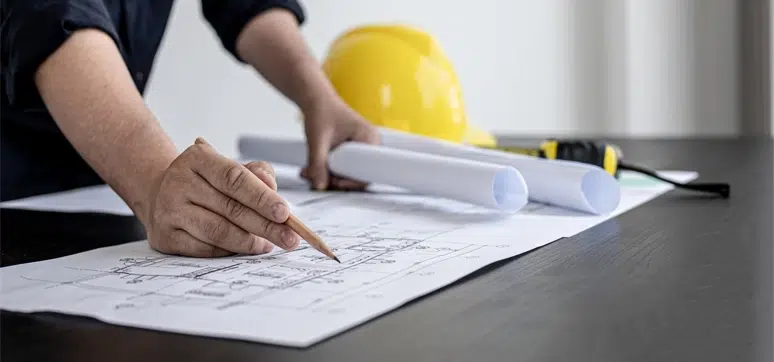
Improving Sustainability Alongside Fire Safety – Can We Deliver?
By: Abdul | April 16, 2024
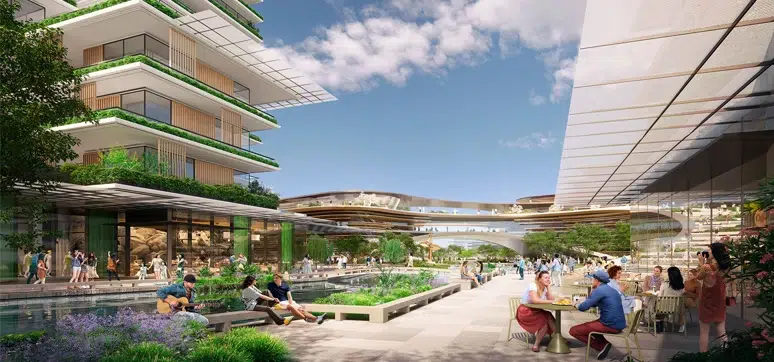
Foster + Partners Wins the Competition the New Xicen Science & Technology Centre
By: Abdul | April 9, 2024
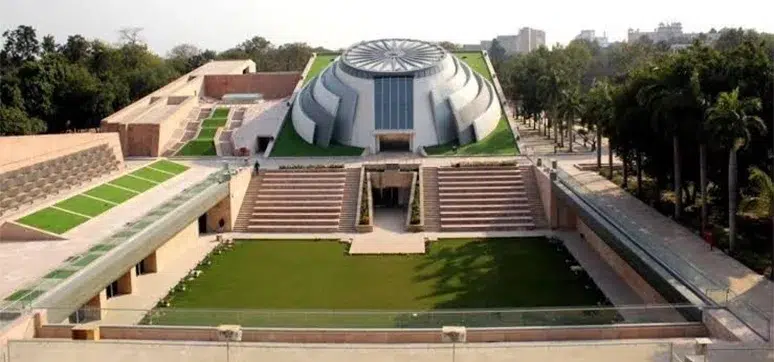
A Symbol of Architectural Brilliance & Cultural Significance
By: Abdul | April 8, 2024

